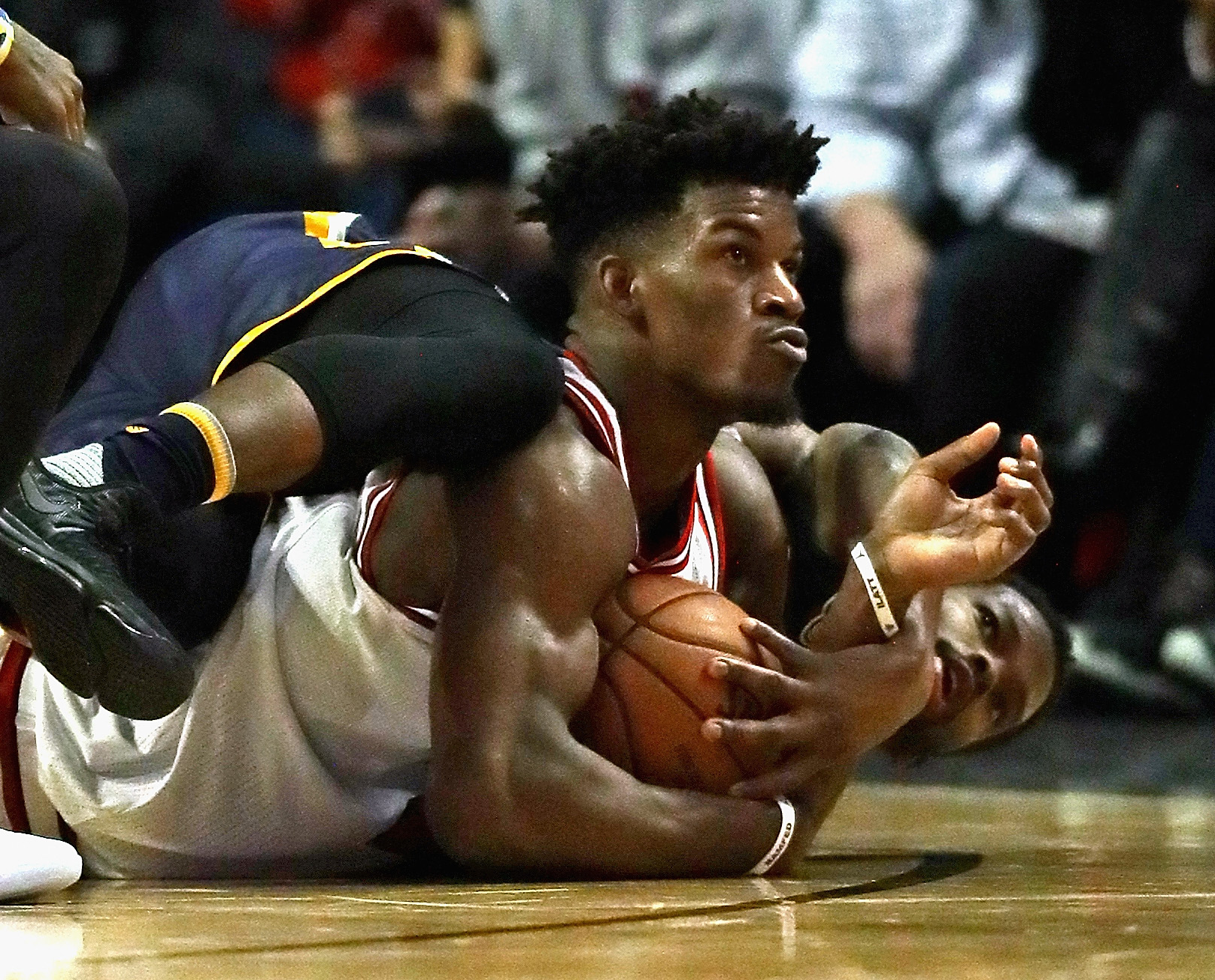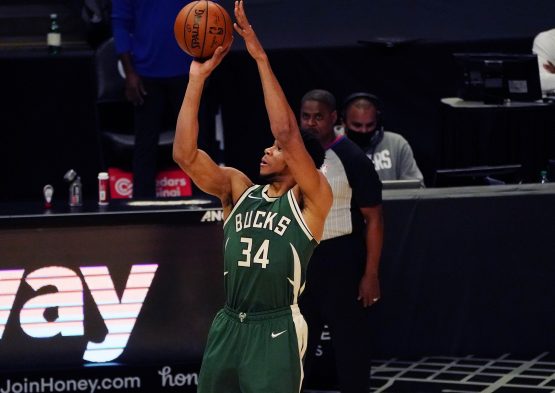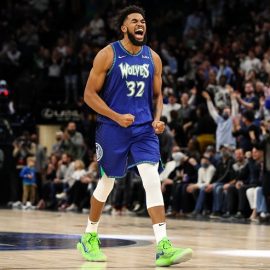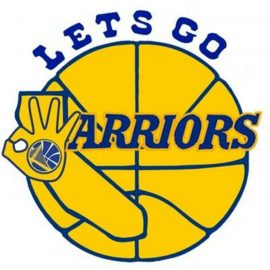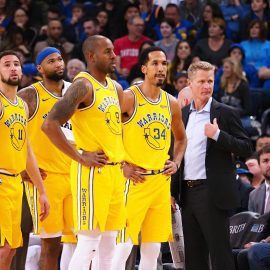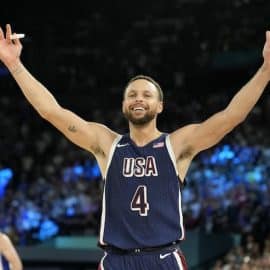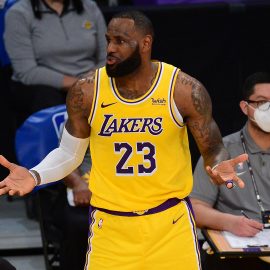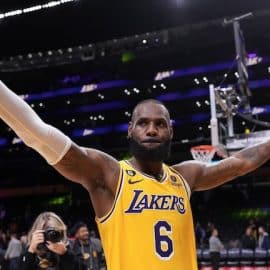The Bulls aren’t a good basketball team. They aren’t a bad one either. At 21-22 with a 0.0 Differential (you read that correctly), Chicago is the definition of a middling franchise. Where should they go from here?
In the East, only five games separate the fourth-placed Atlanta Hawks (24-18) from the 10th-placed Detroit Pistons (20-24). Out West, there are a slew of below .500 squads fighting for eighth. Among the latter is Sacramento, who owes Chicago its 2017 first-round pick, but only if it falls outside of the top 10 (otherwise it becomes a second-rounder in 2018). The Kings are currently sporting the ninth-worst record. In other words, DeMarcus Cousins and the Kings would likely need to pass at least two of the following teams: Pelicans, Trail Blazers, Nuggets, and Knicks, in order for Chicago to rake in a second first-rounder in 2017.
While I understand the appeal in blowing up the Bulls by dealing Jimmy Butler, potentially passing Sacramento in the loss column, and rebuilding with a bevy of draft picks, pieces gained in trades, and the young talent already in tow, Butler might be the best player to wear a Chicago uniform since His Royal Airness. At 27 years old, Jimmy is in the midst of the best individual campaign of his career, contributing career-high averages in points (24.8), rebounds (6.8), assists (4.8), and threes (1.2) per game. Butler has provided solid shooting percentages (45.2/34.5/86.6) despite attempting a career-high 16.9 field goals a night. As the Bulls’ best player on both ends, it’s hardly surprising that Chicago lost both of the recent bouts Butler sat out due to injury.
When you have a MVP-caliber superstar on the roster, I’ll almost always advocate for figuring out how to get a second one instead of hitting reset. Just in the last decade, the Bulls drafted Butler 30th overall (in 2011) and nabbed Joakim Noah at No. 9 (in 2007). If we go back a bit further to the 90s, Chicago selected Ron Artest 16th (in 1999) and Toni Kukoc 29th (in 1990). The point is that the organization has repeatedly shown it can draft more than competently in the mid-to-late first round. During the 2015 NBA Draft, Myles Turner and Devin Booker slipped past the top-10. As recently as 2013, Giannis Antetokounmpo and Rudy Gobert fell outside of the lottery, going 15th and 27th respectively. Elite players always have and always will slip though the cracks of the draft, and the upcoming one could be an opportunity for the Bulls to get lucky in the early to late teen range.
Having landed Myles Turner at No. 11 following the year Paul George missed 70-plus games, the Indiana Pacers are the model for how the Bulls could land a second stud without first sacrificing their star. I do wonder how much better Indy would be if they had just ran things back with more or less the same roster as last year, but as meh as the Pacers look through the first half of the season, the presence of George and Turner provides a glimmer of hope that they can build a title-contender at some point if they find a true third musketeer and the correct complementary pieces. The reality is that, like the Pacers, the Bulls put themselves in this awkward position as pseudo-contenders in the Eastern Conference. The Pacers flipped a perfect sidekick in George Hill, abandoned the defensive identity and personnel that blossomed under former coach Frank Vogel, and brought in bigger names.
Chicago added hometown hero and future Hall-of-Famer Dwyane Wade and former All-Star Rajon Rondo. The Bulls probably should have let the chips fall where they may this season with Butler, Rob Lopez, and Taj Gibson leading a young group without facing steep expectations. It could have been a season filled with catch-phrases for every time D.J. Valentine did something good and fun. Instead, the club was rashly built so a trip to the lottery will feel like failure while youngsters who need minutes are often buried on the bench. Taking a step backwards would have been a better option than reloading in the fashions that Indiana and Chicago did, but this too shall pass.
It’s possible that Boston is more than willing to offer up a package centered around Brooklyn’s pick in the 2017 Draft. Chicago would undoubtedly want to wait and find out that it’s in fact the No. 1 overall pick before handing over Butler, so don’t expect a deal before the trade deadline. By then Chicago will likely have missed out on Sacramento’s pick, and the Bulls aren’t capable of tanking with Jimmy in the lineup. Even if the Celtics land and offer the No. 1 pick, i.e. the rights to select Markelle Fultz, I’d demand Brooklyn’s 2018 first-rounder on top of that for Butler. Given that Isaiah Thomas and Al Horford are no longer spring chickens, Boston’s Danny Ainge could feel the urge to make a splashy win-now move that puts them in the title convo with the Cavaliers and Warriors. As a result, my original asking price for Butler would be both of Brooklyn’s picks, Jaylen Brown, and maybe even Marcus Smart. Superstars are going to become even less available on the trade market under the new CBA, and Butler deserves an epic bounty. Fultz could presumably start alongside Thomas in the backcourt with Avery Bradley and Smart coming off the bench, but the defense and rebounding would absolutely be better with Butler in Bean Town. A starting five of Thomas, Bradley, Butler, Jae Crowder, and Al Horford could be legitimate contenders next season if everything broke right.
The Bulls don’t want to graze the fields of mediocrity forever and risk losing Butler for nothing by the summer of 2019. There is no easy answer for what Chicago should do, no obvious route that leads them to contention. All they can do is fight the good fight.
Add The Sports Daily to your Google News Feed!
